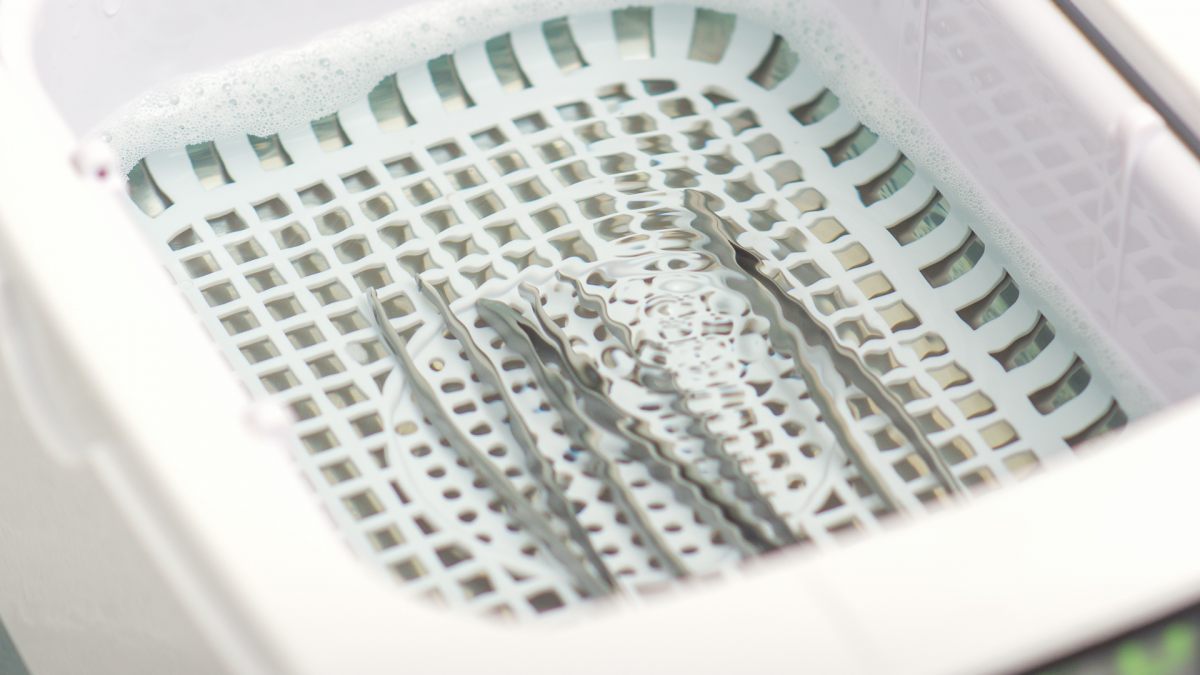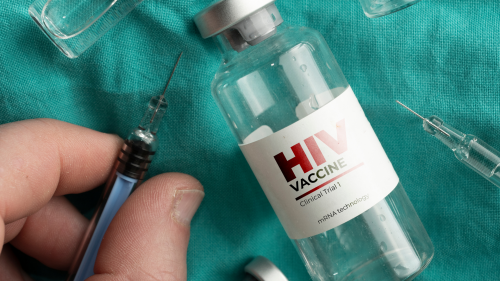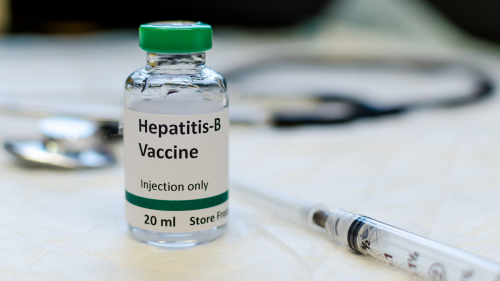In healthcare facility, surgical procedures and even more invasive medical procedures are performed everyday. Disinfection and sterilization are essential for ensuring that medical and surgical instruments do not transmit infectious pathogens to patients. Failure to properly disinfect or sterilize equipment, can lead to infection, equipment damage which leads to wasted costs.
In healthcare facility, surgical procedures and even more invasive medical procedures are performed everyday. Each procedure involves contact by a medical device or surgical instrument with a patient’s sterile tissue or mucous membranes. A major risk of all such procedures is the introduction of pathogens that can lead to infection. Failure to properly disinfect or sterilize equipment carries not only risk associated with breach of host barriers but also risk for person-to-person transmission (e.g., hepatitis B virus) and transmission of environmental pathogens (e.g., Pseudomonas aeruginosa).
Disinfection and sterilization are essential for ensuring that medical and surgical instruments do not transmit infectious pathogens to patients. Because sterilization of all patient-care items is not necessary, health-care policies must identify, primarily based on the items’ intended use, whether cleaning, disinfection, or sterilization is indicated.
Incorrect concentrations and inappropriate disinfectants can result in excessive costs. Because occupational diseases among cleaning personnel have been associated with use of several disinfectants (e.g., formaldehyde, glutaraldehyde, and chlorine), precautions (e.g., gloves and proper ventilation) should be used to minimize exposure. Asthma and reactive airway disease can occur in sensitized persons exposed to any airborne chemical.
ALCOHOL VS UMONIUM38?
Many disinfectants are used in the health-care setting. These include alcohols, chlorine and chlorine compounds, formaldehyde, glutaraldehyde, ortho-phthalaldehyde, hydrogen peroxide, iodophors, peracetic acid, phenolics, and quaternary ammonium compounds.
In the healthcare setting, “alcohol” refers to two water-soluble chemical compounds (ethyl alcohol and isopropyl alcohol). Alcohols are rapidly bactericidal rather than bacteriostatic against vegetative forms of bacteria; they also are tuberculocidal, fungicidal, and virucidal but do not destroy bacterial spores.
Ethyl alcohol at concentrations of 60%–80% is a potent bactericidal & virucidal agent, but not potent enough for eliminate hepatitis A virus (HAV) or poliovirus. Their cidal activity drops sharply when diluted below 50% concentration, and the optimum bactericidal concentration is 60%–90% solutions in water (volume/volume).
Alcohols have been used to disinfect fiberoptic endoscopes, but failure of this disinfectant have led to infection. The documented shortcomings of alcohols on equipment are that they damage the shellac mountings of lensed instruments, tend to swell, and harden rubber and certain plastic tubing after prolonged and repeated use, bleach rubber and plastic tiles and damage tonometer tips (by deterioration of the glue) after the equivalent of 1 working year of routine use. Alcohols are flammable and consequently must be stored in a cool, well-ventilated area. They also evaporate rapidly, making extended exposure time difficult to achieve unless the items are immersed.
Of the various types of chemical disinfectants mentioned previously, there's commercial formulations based on these chemicals are considered unique products and must be registered and meet the requirements of the authorized body. In most instances, a given product is designed for a specific purpose and is to be used in a certain manner.
For example, UMONIUM38® is a disinfectant specifically designed to disinfect invasive and non-invasive medical devices.

Picture 1. UMONIUM38
With the active ingredient in the form of Isopropyl-Tridecyl-Dimethyl-Ammonium, which is a formula obtained after combining quaternary ammonium compounds & 2 special ingredients, making UMONIUM38® a disinfectant that:
- Has a broad spectrum; bactericidal, mycobactericidal, fungicidal, tuberculocidal, which has been standardized EN (Europe Norm)
- Non-corrosive because pH 7 (neutral). Does not damage medical device materials, compatible with various types of materials
- Non-toxic. Does not form dangerous vapors/gases, does not pose a risk of CMR (Carcinogenic, Mutagenic, Reprotoxic)
- Non-hazardous. Can be used even if PPE is not available.
- Validated Human Sperm Survival Assay & Mouse Embryo Assay test (specifically for the Neutralis variant)
- Able to clean & remove biofilm, dissolve blood stains & emulsify lipid particles
- Long stability time
- Eco-friendly & biodegradable
- Certified to ISO 13485:2016, ISO 9001:2015
In short, UMONIUM38® is SAFE for operators, equipment, patients, and the environment.
Health facilities must carefully ensure that the disinfectant product selected is appropriate for its intended use, efficient both in terms of use and cost, and does not harm people or equipment.
PT Isotekindo Intertama is an official distributor for all variants of UMONIUM38® and registered with the MINISTRY OF HEALTH. Do not hesitate to contact us if you need this disinfectant product.
Refences:
- World Health Organization. (2019). Disinfection and Sterilization
- World Health Organization. (2016). Disinfection
- World Health Organization. (2016). Chemical Disinfectants







